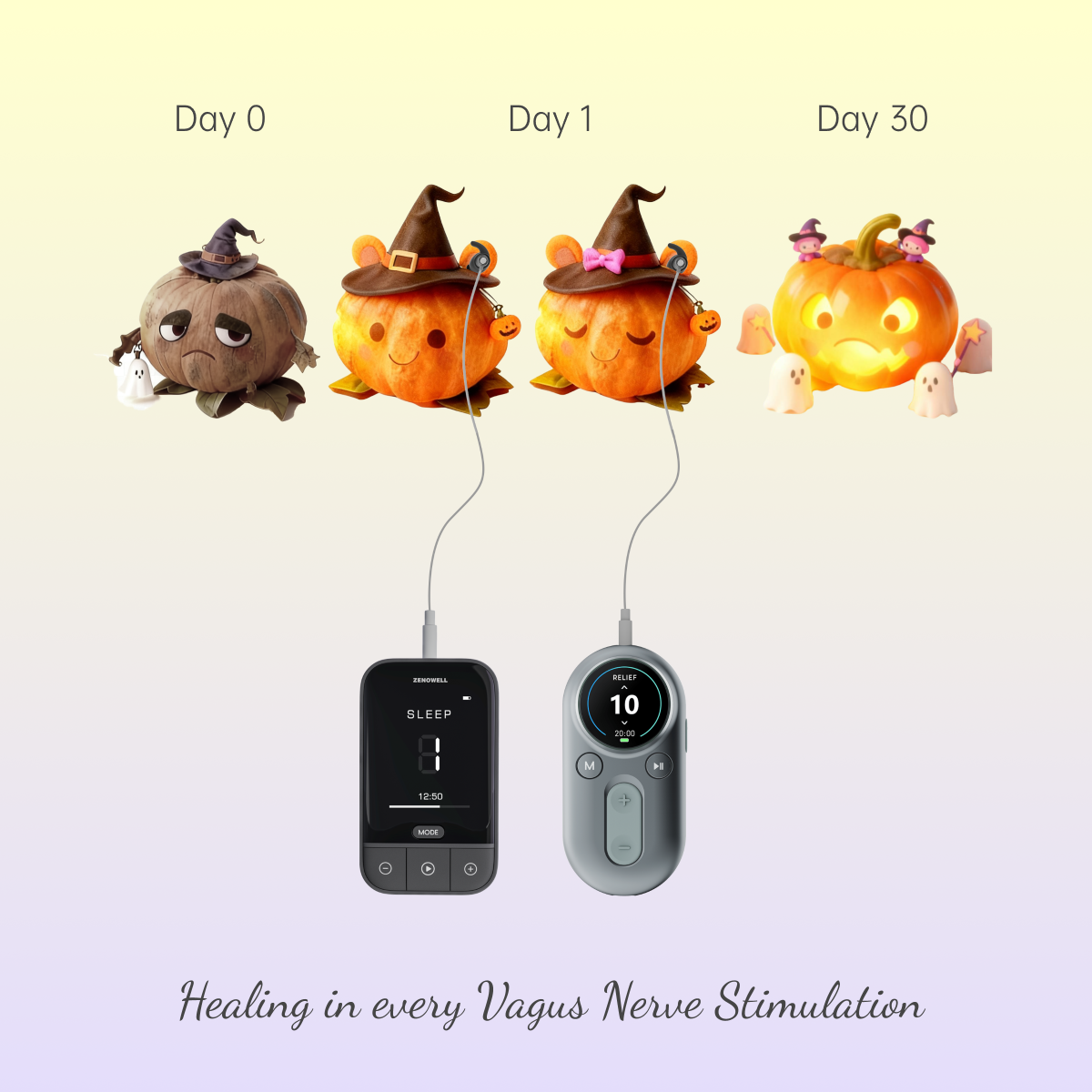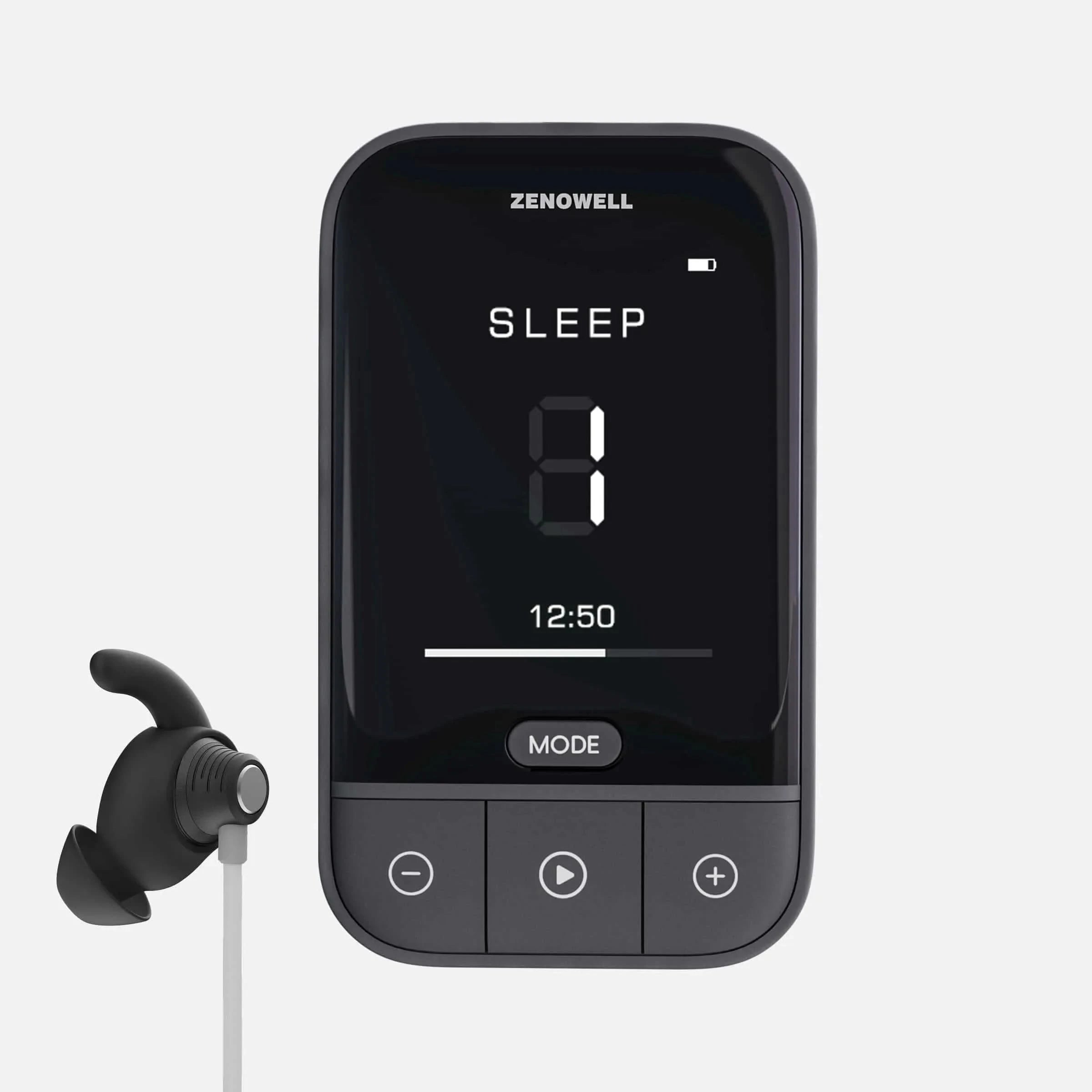The gut-brain axis and the promise of vagus nerve stimulation
A Breakthrough in Brain-Gut Research
Dr. Louise McCullough, a neurologist at the University of Texas McGovern Medical School and founding director of the BRAINS Research Laboratory, made a groundbreaking discovery that redefined our understanding of brain health in aging populations.
Her team set out years ago to investigate why stroke mortality was significantly higher among older adults. In animal models, they observed that in elderly mice, gut bacteria could translocate through the bloodstream into vital organs after a stroke, triggering infection and sepsis—leading causes of death. This unexpected finding sparked a deep dive into the role of gut microbiota in brain health and laid the foundation for the now widely recognized concept of the gut-brain axis.
In an astonishing follow-up experiment, the researchers transplanted healthy gut microbiota from young mice into older ones. The result? A significant increase in survival rates among the elderly mice. This pivotal moment set the stage for gut-brain axis research and opened new doors for treating neurological conditions through gut-targeted interventions. (Original commentary available via link [1]).
The Gut: Our “Second Brain”
The gut is often referred to as the "second brain" because it contains over 100 million neurons that regulate digestion and communicate directly with the brain via the vagus nerve.
Far beyond its role in digestion, the vagus nerve also influences heart rate, immune function, and emotional regulation. It serves as a crucial bridge between the gut and the brain, enabling bidirectional communication. Bacterial activity, nutrients, and gut-derived metabolites can relay signals to the brain via the vagus nerve, impacting mood, cognition, and immune responses.
When the gut microbiome falls into imbalance—a condition known as dysbiosis—the vagus nerve’s signaling pathways can also be disrupted. This may impair brain function and contribute to the onset or worsening of chronic diseases. For this reason, vagus nerve modulation is emerging as a promising therapeutic approach, particularly for disorders related to the gut-brain axis, such as depression, anxiety, Crohn’s disease, and ulcerative colitis (Hesampour et al., 2024).
Non-Invasive Vagus Nerve Stimulation: A Therapeutic Frontier
Non-invasive vagus nerve stimulation (nVNS) is a cutting-edge technique that uses transcutaneous electrical stimulation to activate the vagus nerve without the need for surgery. It has shown great potential in treating a range of neurological and inflammatory conditions.
There are two primary types of nVNS: Transcutaneous cervical VNS (tcVNS): stimulation near the vagus nerve in the neck; Transcutaneous auricular VNS (taVNS): stimulation of the auricular branch of the vagus nerve via specific areas of the ear.
While both approaches are non-invasive, taVNS is more suitable for wearable, mobile applications due to its ease of access and user comfort.
Studies show that nVNS can significantly improve symptoms of sleep disorders, anxiety, depression, migraines, and chronic pain, while also modulating immune responses and inflammatory processes (de Oliveira et al., 2025; Tan et al., 2023). This dual action has extended nVNS applications beyond neuromodulation, particularly into the treatment of chronic inflammatory diseases such as Inflammatory Bowel Disease (IBD).
taVNS for Gut Health and IBD
IBD is a chronic, relapsing condition marked by intestinal dysbiosis, inflammation, and ulceration. Current treatments primarily rely on pharmaceuticals, which may offer symptom relief but often come with high recurrence rates, long-term dependence, and side effects that lead some patients to discontinue therapy.
This has driven interest in safer and more effective therapies. Clinical studies on taVNS for Crohn’s disease and ulcerative colitis—particularly in pediatric populations—have shown promising results. taVNS helps modulate immune-inflammatory responses, offering meaningful symptom relief (Sahn et al., 2023).
Beyond IBD, taVNS has also been shown to:
- Alleviate abdominal pain and constipation in functional gastrointestinal disorders (Shi et al., 2021),
- Protect healthy individuals from stress-induced gut barrier dysfunction (Mogilevski et al., 2022),
- Accelerate recovery from postoperative ileus by enhancing gastric motility complexity (Huang et al., 2025).
Notably, taVNS exerts its therapeutic effects not only through the peripheral nervous system but also via central neural pathways, influencing brain regions involved in pain and visceral perception. This neural interplay offers new possibilities for comprehensive gut-brain regulation.
Recent studies have begun focusing on how stimulation parameters affect clinical outcomes. For instance, research has shown that higher-frequency taVNS (25 Hz) is more effective than low-frequency stimulation (1 Hz) in increasing gastric motility indexes in healthy volunteers, suggesting a frequency-dependent effect on gut function (Steidel et al., 2021). These findings are critical for future applications in IBD and other digestive disorders.
A New Era of Personalized Medicine
As we deepen our understanding of the gut microbiome, the future points toward individualized therapies tailored to each person’s microbial profile. Dr. McCullough believes that gut-targeted interventions may even have the potential to reverse aspects of aging, helping people live longer and healthier lives.
In an aging global population, optimizing the gut-brain connection could be key to enhancing quality of life and longevity. Treatments may soon be designed around a person’s unique microbiome to prevent chronic diseases and slow aging.
In this future landscape, taVNS stands out as a powerful tool. Wearable, precise, and increasingly adaptable, taVNS is now at the forefront of precision medicine. The challenge lies in improving individual responsiveness, which is becoming a central focus of clinical research.
Efforts are now underway to refine stimulation parameters, develop real-time feedback loops, and build closed-loop neuromodulation algorithms.
These advancements aim to make taVNS truly personalized and adaptive, bringing relief to patients with chronic gut inflammation and related disorders—while expanding its impact to other disease areas as well.
Stay Updated
We continue to follow the latest breakthroughs in taVNS applications for gastrointestinal health and beyond. Subscribe to our blog or newsletter to stay informed about new research, clinical trials, and product innovations in this exciting frontier of neurotechnology.
References:
















